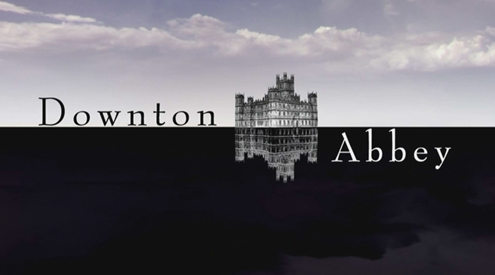
Period Dramas are also known as Historical Dramas or Costume Dramas. Below are the typical codes and conventions of Period Dramas but also examples of key texts:
- Elaborate costumes and sets to catch the ambience of a particular time period (stereotypically female audiences are attracted as much by the costumes as by the narrative content)
- Multi stranded narrative based on character (each character has their own storyline)
- Often part of a series (each episode has a three act structure but is often open ended)
- Linear but asynchronous narrative common (use of flashback)
- Critically and commercially successful e.g. BBC Period Drama (long tradition of producing ‘quality’ period dramas)
- Often produced by an Independent Production Company and commissioned by the BBC or other networks (e.g. ITV and Downton Abbey)
- Often scheduled 9pm (post watershed) – representations and narrative themes
- Sexuality seen as repressed and ‘smouldering’ – on screen scenes are rarely graphic (with The Tudors as an exception) and representations are often left to the audiences’ imagination
- High production values (location and studio settings, costume design, sound design, star marketing)
- Distributed in the UK and the US (popular with American audiences buying into English cultural heritage)
- Audience appeals – based on historical fact (surveillance), escapist/aspirational representations of English social class (Royal Family, Aristocracy, Landed Gentry), ‘fairytale’ representations
- Stereotypically ‘feminised’ narrative – apsirational female characters but hegemonic , conventional representations of gender including dominant masculinity and women framed as objects…